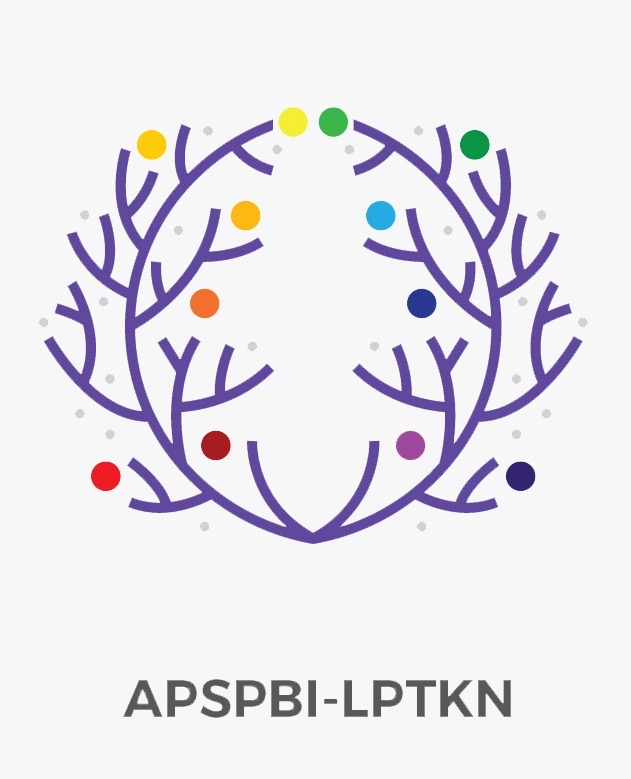MORAL VALUES FOUND IN NAOMI SCOTT’S ‘SPEECHLESS’ SONG LYRICS: AN ATTITUDINAL ANALYSIS USING APPRAISAL THEORY
DOI:
https://doi.org/10.53682/jellt.v6i2.6965Keywords:
Appraisal Theory, Feminism, Moral ValueAbstract
Language is a communication source to deliver information or message. In the communication process, people use language to express idea, opinion, thought, or desire whether in spoken or written form. Following the globalization era, music evolves in human daily life. Through its lyrics, people communicate feelings. Message contained in a song is called as moral value. This research aimed to describe the moral value of an English song viewed from the perspective of appraisal theory. It employed descriptive qualitative approach. The object of the study is the Aladdin’s soundtrack entitled Speechless sung by Naomi Scott released in 2019. The result of the study depicted that the dominant attitude system found is affect system (68.97%) followed by appreciation (17.24%) and judgement (13.79%). The result showed that the songwriters mostly using their feelings in its lyrics. The feeling that dominantly appeared are positive feelings of fearlessness, confidence, and bravery. Furthermore, the prominent attitude of the song is inscribed attitude (72.72%) that indicated directly conveyed, and followed by invoked attitude (27.27%). Related to feminism, the song delivered message in which women should not be underestimated and all the old stigmas which weaken women position should be against in order to achieve equality among genders. Based on the analysis, the song can contribute in material development for the sound argument teaching.
Downloads
References
Arif, M., & Triyono, S. (2018). What Lies Beneath Baby Shark Song?: A Critical Analysis On Korean Society. PAROLE: Journal of Linguistics and Education, 7(1), 44–52. https://doi.org/10.14710/parole.v7i1.44-52
Gill, R. (2000). Discourse Analysis. Qualitative Researching With Text, Image and Sound, 1, 172–190.
Jatikusumo, H. (2012). Appraisal: Radar for Catching Meaning an Analysis of Michael Jackson’S ‘Earth Song’, ‘We Are the World’, and ‘Heal the World.’ English Education Journal (Program Pascasarjana Universitas Negeri Semarang), 2(2), 178–182. https://doi.org/10.15294/eej.v2i2.679
Li, X. (2016). An Attitudinal Analysis of English Song Discourse from the Perspective of Appraisal Theory. Journal of Language Teaching and Research, 7(3), 559–565. https://doi.org/10.17507/jltr.0703.17
Lisara, A. (2014). The Portrayal of Women in Katy Perry’s Selected Song Lyrics. Passage, 2(2), 61–68.
Lunsford, A. A., Ruszkiewicz, J. J., & Walters, K. (2020). Everything’s An Argument with Readings. Retrieved from https://books.google.co.id/books?id=67bbDwAAQBAJ
Martin, J. R., & White, P. R. R. (2005). The Language of Evaluation. Palgrave Macmillan.
Martiwi, R., Karlina, E., & Suharyadi, D. (2017). Liberal Feminism’s Aspect in Katy Perry’s Songs. Progressive, XII(2), 31–36.
Matthiessen, C. M. I. M., & Halliday, M. A. K. (1997). Systemic Functional Grammar: A First Step Into the Theory. Retrieved from https://books.google.co.id/books?id=3NAeNQAACAAJ
Norris, S. P., & Phillips, L. M. (2003). How Literacy in Its Fundamental Sense Is Central to Scientific Literacy. Science Education, 87(2), 224–240. https://doi.org/https://doi.org/10.1002/sce.10066
Rabiah, S. (2012). Language As a Tool for Communication and Cultural Reality Discloser. 1st International Conference on Media, Communication, and Culture, 1–11.
Sihotang, Y. P., & Pasaribu, A. N. (2020). An Analysis of Feminism in Toba Batak Song Lyrics. The Episteme: Journal of English Literature and Linguistics (E-JELL), 5(1), 10–16.
Susanto, D. A., & Watik, S. (2017). The Interpersonal Meaning Realized in the Lyrics of Christina Perri’s Album “Lovestrong†and the Contribution for Teaching A Modern English Grammar. DEIKSIS, 09(03), 283–291.
Yuningsih. (2018). An Appraisal Analysis: The Interpersonal Meanings in the Discourse of a Lyric. Getsempena English Education Journal (GEEJ), 5(2), 174–181.
Downloads
Published
How to Cite
Issue
Section
License
Copyright (c) 2023 JELLT (Journal of English Language and Literature Teaching)

This work is licensed under a Creative Commons Attribution-ShareAlike 4.0 International License.













